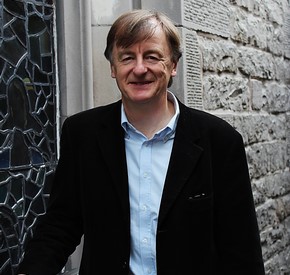You can’t always get what you want
“Value will change in the post-covid world. On one level, that’s obvious: valuations in global financial markets have imploded, with many suffering their sharpest declines in decades. More fundamentally, the traditional drivers of value have been shaken, new ones will gain prominence, and there’s a possibility that the gulf between what markets value and what people…

